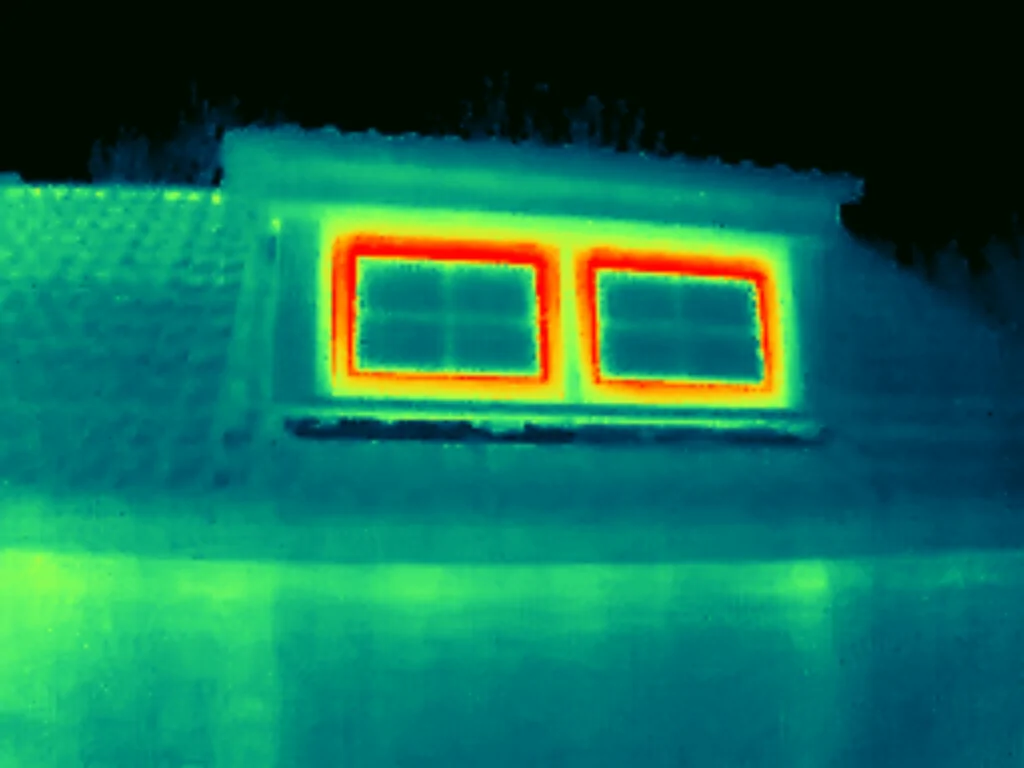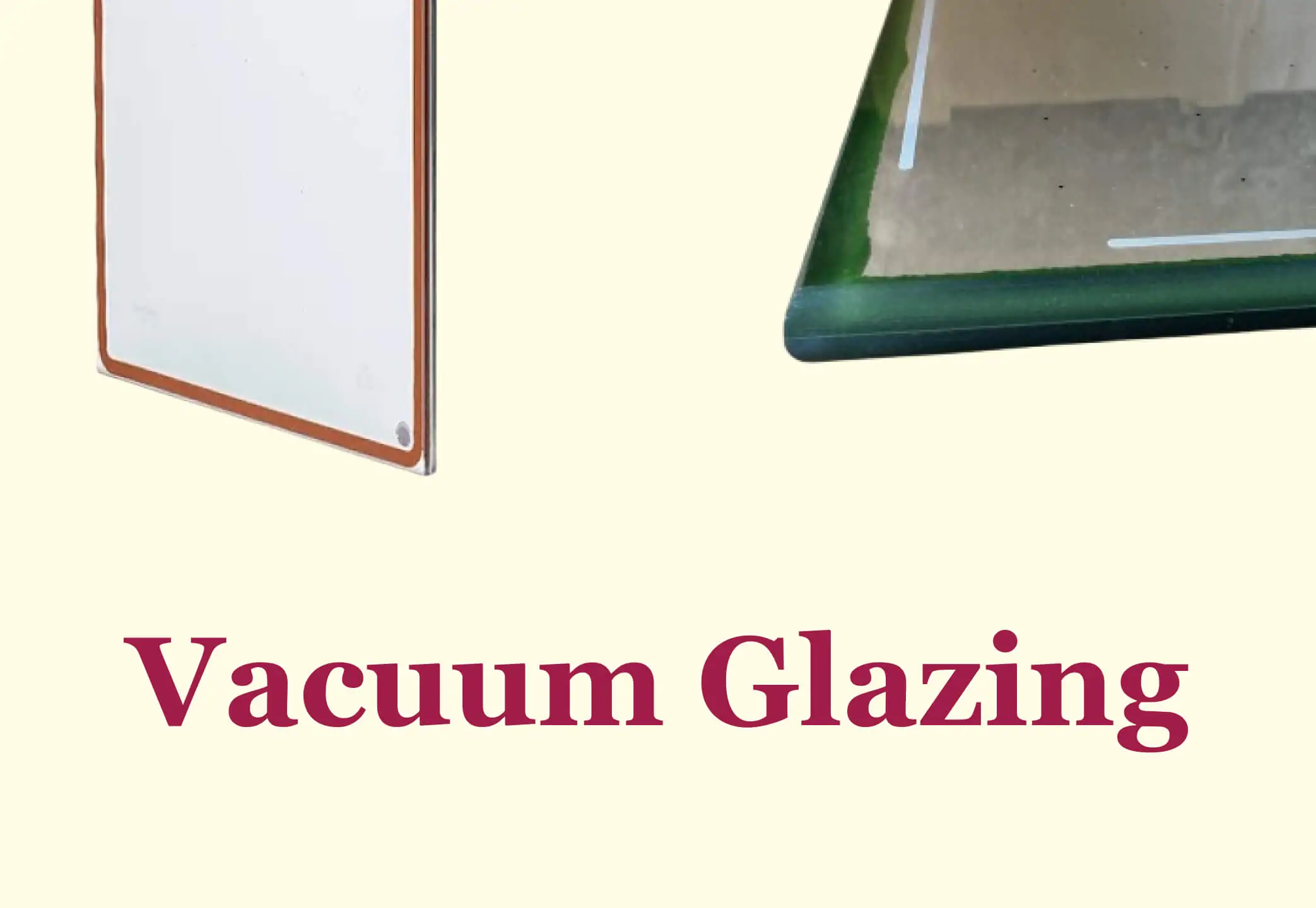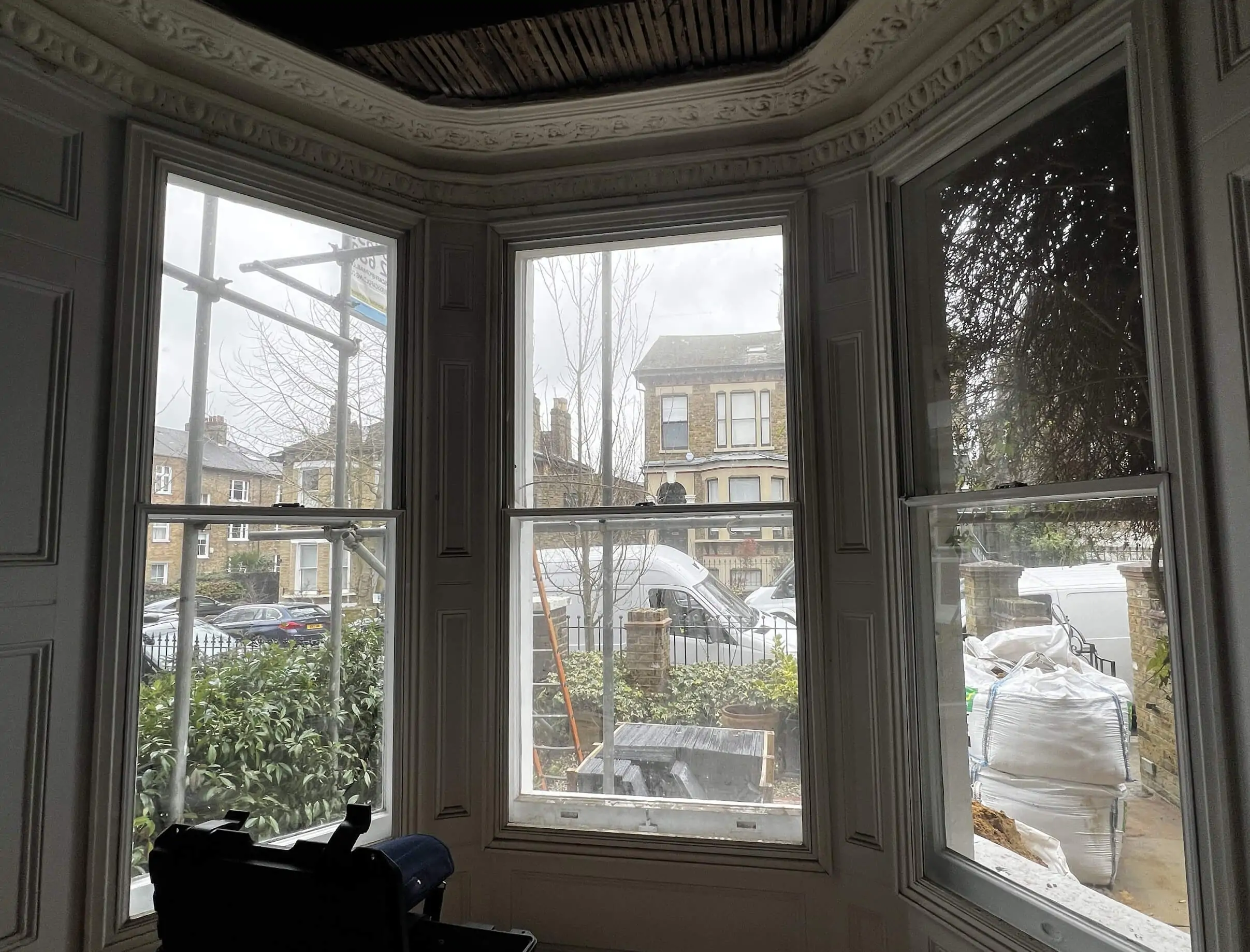Selecting the perfect insulated glazing for your home starts with a clear understanding of u-values and their importance. U-values are a key measurement of energy efficiency, and they play a crucial role in reducing heat loss, enhancing comfort, and lowering energy bills.
For homeowners considering wooden windows, whether new, restored, or replaced, U-values are particularly important. This article dives into the concept of U-values, their significance, and how they can guide you in selecting the best windows and doors for your home.
We’ll also delve into the benefits of wooden windows and how restoration can improve their energy efficiency.
What exactly are U-values?
U-values, or thermal transmittance, gauge a material’s ability to insulate.
They gauge how quickly heat moves through materials such as windows. A lower U-value signals better insulation, and these values are measured in watts per square meter per degree Kelvin (W/m²K).
For example, a single-glazed window might have a U-value of around 5.0 W/m²K, whereas modern double-glazed windows typically achieve U-values of 1.2 to 1.6 W/m²K. High-performance triple-glazed windows can achieve even lower U-values, often below 0.8 W/m²K.
When it comes to wooden windows, the U-value can vary depending on the type of wood, the glazing, and the overall design. However, with the right restoration techniques and upgrades, wooden windows can achieve excellent thermal performance, often rivalling modern materials.
Why U-values matter for windows
Windows are one of the primary sources of heat loss in a home. In fact, according to the Energy Saving Trust, windows can account for up to 20% of a building’s total heat loss. This is why choosing windows with low U-values is crucial for improving the energy efficiency of a building.
Windows with lower U-values offer excellent insulation, retaining warmth in winter and deflecting heat in summer. This boosts comfort and slashes energy costs.
For homeowners with wooden windows, improving U-values can be particularly beneficial. Older wooden windows, especially single-glazed ones, often have high U-values, meaning they lose a lot of heat.
However, through restoration and upgrades, such as adding double glazing or low-emissivity coatings, these windows can achieve much lower U-values, making them energy-efficient while preserving their classic charm.
U-values and UK building regulations
In the UK, building regulations mandate minimum U-values for windows to guarantee energy efficiency and reduce environmental impact. As of 2022, the minimum U-value for new or replacement windows in England and Wales is 1.6 W/m²K.
However, these standards are expected to become stricter with the introduction of the Future Homes Standard, which aims to achieve net-zero carbon emissions by 2050.
For those aiming for even higher performance, Passive House standards require windows to achieve U-values of 0.8 W/m²K or lower. These high-performance windows are built to cut energy use while boosting comfort. If you’re restoring wooden windows, make sure they meet or surpass these energy efficiency benchmarks.
By incorporating modern glazing and insulation techniques, you can achieve the best possible U-values for your windows while preserving their aesthetic appeal.

U-values across window types
A window’s U-value is influenced by factors like glazing type, frame material, and design, making it essential to choose wisely.
Below is a comparison table of typical U-values for different types of windows, including wooden windows:
| Window type | Glazing | Frame material | Typical U-value (W/m²K) | Notes |
|---|---|---|---|---|
| Single-glazed | Single pane | Wood | 4.8–5.8 | High heat loss, common in older homes. |
| Single-glazed | Single pane | uPVC | 4.8–5.8 | Similar to wooden frames but less insulating. |
| Double-glazed | Two panes | Wood | 1.4–1.8 | Improved insulation, retains classic look. |
| Double-glazed | Two panes | uPVC | 1.2–1.6 | Common in modern homes, good energy efficiency. |
| Double-glazed | Two panes | Aluminium (thermal break) | 1.4–1.8 | Lightweight and durable, with improved thermal performance. |
| Triple-glazed | Three panes | Wood | 0.6–0.8 | Excellent insulation, ideal for energy-efficient homes. |
| Triple-glazed | Three panes | uPVC | 0.6–0.8 | High performance, suitable for cold climates. |
| Triple-glazed | Three panes | Aluminium (thermal break) | 0.6–0.8 | Combines modern design with superior insulation. |
| Restored wooden – Vacuum glazing | Vacuum glazing | Wood | 0.6–0.1 | Restored wooden windows reglazed with vacuum glazing |
| Old wooden (single-glazed) | Single pane | Wood | 4.8–5.8 | Common in period properties, high heat loss without restoration. |
Key takeaways from the table
- Single-glazed windows: These have the highest U-values (4.8–5.8 W/m²K), making them the least energy-efficient. They are often found in older homes and period properties but can be upgraded to improve the performance of windows.
- Double-glazed windows: These offer significantly better insulation, with U-values ranging from 1.2 to 1.8 W/m²K. Wooden double-glazed windows typically have slightly higher U-values than uPVC or aluminium but retain their classic aesthetic.
- Triple-glazed windows: Lead the pack in energy efficiency, boasting U-values as low as 0.6–0.8 W/m²K. They are ideal for homeowners looking to maximise energy savings and comfort.
- Restored wooden windows: With the right upgrades, such as double or triple glazing, restored wooden windows can achieve U-values comparable to modern windows (1.2–1.8 W/m²K). This combination of sustainability and elegance makes them ideal for period homes.
How to achieve the best U-value for windows
When choosing energy-efficient windows, there are several factors to consider:
- Glazing: Double-glazed and triple-glazed windows offer significantly better insulation than single-glazed options. For wooden windows, upgrading to double or triple glazing can dramatically improve their U-values.
- Frame material: Wooden frames have natural insulating properties, making them an excellent choice for energy-efficient windows. However, regular maintenance and proper treatment of wooden frames are essential to prevent heat loss and ensure optimal efficiency.
- Gas fills: Modern windows often feature gases like argon or krypton between the glass panes to minimise heat loss and enhance insulation. These gases can also be used in restored wooden windows to improve their thermal performance.
- Low-emissivity (Low-E) coatings: These specialised coatings reflect heat into your home, boosting insulation. They’re a great addition to wooden windows, enhancing their energy efficiency
By combining these features, you can achieve the best overall level of thermal performance for your windows.
The benefits of low U-values
Investing in windows with low U-values offers numerous benefits:
- Energy savings: Lower U-values mean less heat loss, reducing your reliance on heating systems and lowering energy bills.
- Improved comfort: Superior insulation ensures a steady indoor temperature, banishing cold spots and drafts for year-round comfort.
- Eco-friendly benefits: Energy-efficient windows cut carbon emissions, helping you contribute to a greener planet.
- Increased property value: High-performance windows are a selling point for buyers, increasing your home’s appeal and value.
For homeowners with wooden windows, achieving low U-values through restoration and upgrades can provide these benefits while preserving the character and charm of their homes.
Why choose wooden windows?
Wooden windows are a timeless favourite, offering durability, natural insulation, and classic charm. Wood, being a renewable resource, serves as an environmentally friendly alternative to materials like uPVC or aluminium. Additionally, wooden windows can be easily restored and upgraded, allowing them to meet modern energy efficiency standards.
Restoration processes often include repairing and treating the wood, upgrading glazing, and adding modern features like low-emissivity coatings and gas fills. This allows wooden windows to achieve low U-values while preserving their unique character.
Choosing the right windows for your home
When selecting new or replacement windows, it’s important to consider both U-values and other factors such as window orientation, size, and design. For example, larger windows may require higher performance glazing to achieve the same level of insulation as smaller windows.
Restoring wooden windows is both a cost-effective and sustainable choice, especially when compared to complete replacement. By upgrading the glazing and improving the frame’s insulation, you can achieve low U-values while maintaining the original look and feel of your home.
Reputable window manufacturers and restorers often provide detailed information about the U-values of their products, helping you make an informed decision. Look for windows that meet or exceed current building regulations for U-values and consider investing in triple-glazed options for maximum energy efficiency.
Conclusion
Understanding U-values is essential for anyone looking to enhance the energy efficiency of their home. Opting for windows with low U-values minimises heat loss, cuts energy costs, and ensures a cosier home.
Whether you’re upgrading to double-glazed windows, investing in high-performance triple-glazed options, or restoring your existing wooden windows, prioritising U-values will ensure you achieve the best possible results.
Focusing on U-values for windows, you’re not just improving your home’s energy efficiency — you’re making a smart investment in your comfort, savings, and the environment. And with wooden windows, you can enjoy all these benefits while preserving the timeless elegance of your home.
FAQ
What is the current U-value for windows in the UK?
As of 2022, the minimum U-value for new or replacement windows in England and Wales is 1.6 W/m²K, as set by UK building regulations. This standard ensures that windows meet basic energy efficiency requirements. However, these regulations are expected to become stricter with the introduction of the Future Homes Standard, which aims to achieve net-zero carbon emissions by 2050.
What is a good U-value for a window?
A good U-value depends on your goals:
Building regulations: The minimum U-value for windows in the UK is 1.6 W/m²K.
High performance: For better energy efficiency, aim for U-values below 1.2 W/m²K.
Ultra-efficient: Triple-glazed windows can achieve U-values as low as 0.6–0.8 W/m²K, making them ideal for maximum energy savings and comfort.
Generally speaking, a lower U-value translates to better insulation and higher energy efficiency.
What are ENERGY STAR windows?
ENERGY STAR windows are premium products designed to meet strict energy efficiency criteria established by the internationally recognised ENERGY STAR program. They’re engineered to cut energy use, reduce bills, and enhance comfort by keeping heat in during winter and out during summer.
Key features of ENERGY STAR windows include:
Low U-factor (U-value): Effective insulation to reduce heat transfer.
Solar heat gain coefficient (SHGC): Optimised to control heat gain based on climate.
Low-emissivity (Low-E) coatings: Reflect infrared light to improve insulation.
Air leakage reduction: Tight seals to prevent drafts.
ENERGY STAR windows are widely used in the U.S. and are known for their energy-saving benefits, though similar high-performance windows are available in the UK under different certifications.
What U-factor do ENERGY STAR windows have?
The U-factor (or U-value) for ENERGY STAR windows varies by climate zone in the U.S.:
Northern climate zones: Maximum U-factor of 0.27 W/m²K.
Central climate zones: Maximum U-factor of 0.30 W/m²K.
Southern climate zones: Maximum U-factor of 0.40 W/m²K.
These values are significantly lower than the UK’s minimum U-value of 1.6 W/m²K, reflecting the higher energy efficiency standards required for ENERGY STAR certification.


 Adam Brick
Adam Brick

